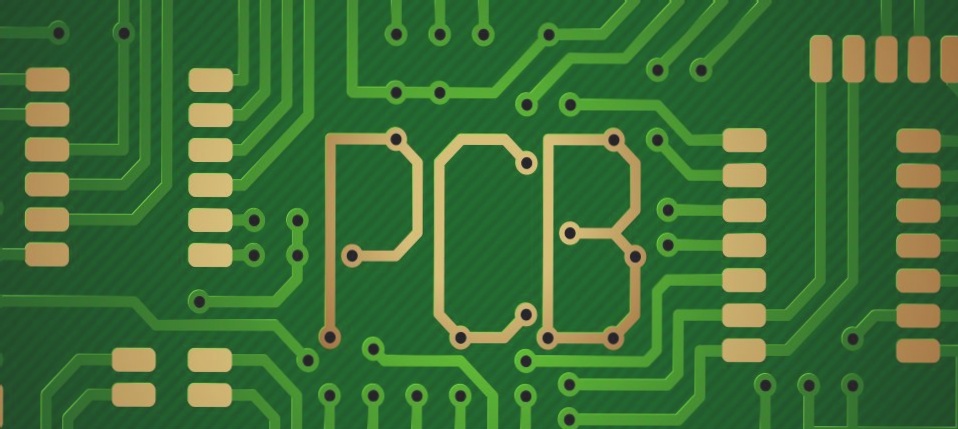Maximum Clamping Force for PCB Thermal Management
When it comes to ensuring optimal contact between a PCB and a heatsink, determining the appropriate clamping force is crucial. Here are some key considerations:
- Compliance: The clamping system should have some flexibility to accommodate dimensional changes caused by temperature variations. This can be achieved through elastic design or the use of compliant thermal pads.
- Minimum Design Pressure: The minimum force required is to overcome any inherent flatness issues in the PCB or constraints imposed by mechanical factors.
- Factors Influencing Maximum Clamping Pressure:
- Mechanical Stress Effects: Changes in component or PCB properties due to stress may impact performance.
- PCB Bending: While maintaining PCB flatness is important, excessive bending stress should be avoided.
- PCB Substrate Creep: To prevent creep, the compressive stress on FR4 substrates should ideally stay below 50MPa.
- Device Package/Die Stress: Guidelines for allowable stress in the device package or die should be considered.
- Solder Joint Stress: Compressive stress on solder joints should be evaluated, especially for parts with large under-package joints.
- If you’re seeking quantitative guidelines or references on this topic, it’s beneficial to explore existing analyses or reliable sources for further insights.



 العربية
العربية 简体中文
简体中文 Nederlands
Nederlands English
English Français
Français Deutsch
Deutsch Italiano
Italiano 日本語
日本語 한국어
한국어 Português
Português Русский
Русский Español
Español ไทย
ไทย